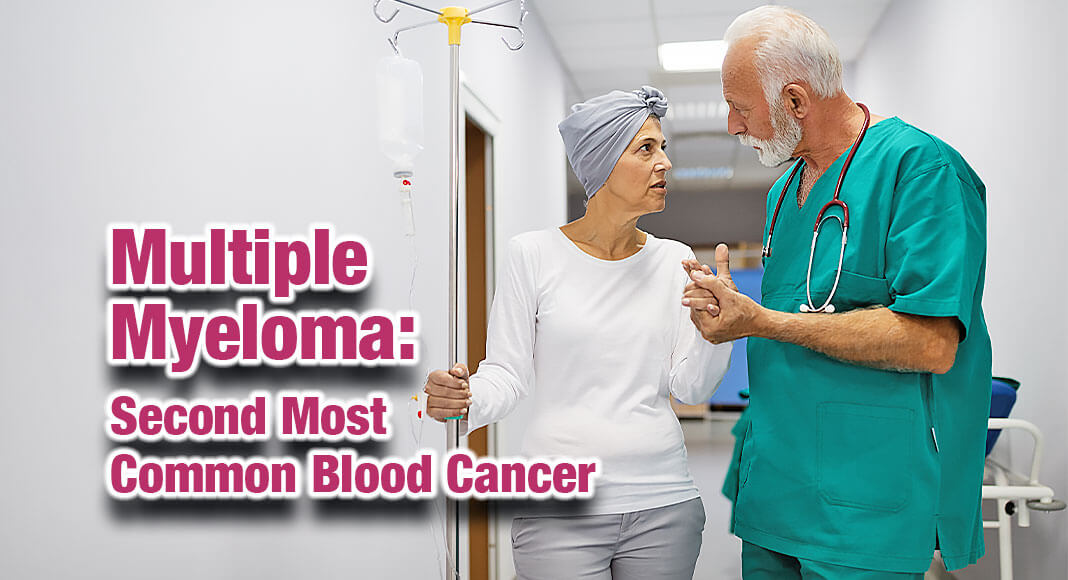
Mega Doctor News
By Rutgers Cancer Institute of New Jersey
Newswise — New Brunswick, N.J. – Multiple Myeloma is the second most common blood cancer in the United States, although it is not well known to the general public. According to the American Cancer Society, approximately 35,000 people in the United States this year will learn they have multiple myeloma. Awareness of this disease is key to help increase early detection and improve long-term outcomes. Mansi R. Shah, MD, hematologist-oncologist in the Multiple Myeloma Program at Rutgers Cancer Institute of New Jersey, shares critical information and key trends about the disease.
The Basics
Dr. Mansi Shah discusses multiple myeloma causes, treatment and research at New Jersey’s only NCI-designated Comprehensive Cancer Center, Rutgers Cancer Institute, in collaboration with RWJBarnabas Health: https://www.youtube.com/watch?v=BkZOLAId-4o
Multiple Myeloma is Life Changing
The symptoms of multiple myeloma can be vague. These can include bone pain or increased risk of developing fractures, extreme fatigue, unintentional weight loss, increased tendency to develop infections, nausea, confusion, shortness of breath, and numbness or tingling. If you experience severe back pain associated with weakness, numbness or tingling in the arms or legs or loss of bladder or bowel control you should notify your doctor immediately.
Treatments Help Patients Have Some Normalcy
There are a number of treatment options for multiple myeloma to attempt control over the disease. Treatment for myeloma does not cure the disease but it decreases symptoms and allows people to live longer. However, eventually the disease may become resistant to treatment and patients may require alternative strategies. These strategies can include enrollment in clinical trials, many of which are exploring the concepts of immunotherapy.
The Wave of the Future is Targeted Therapy
Immunotherapy or treatments which harness the patient’s own immune system are revolutionizing the way we treat some cancers. These include treatments such as bispecific antibodies, CAR T-cell therapy and antibody-drug conjugates. Some of these modes of treatment for multiple myeloma are currently available only as part of a clinical trial.











